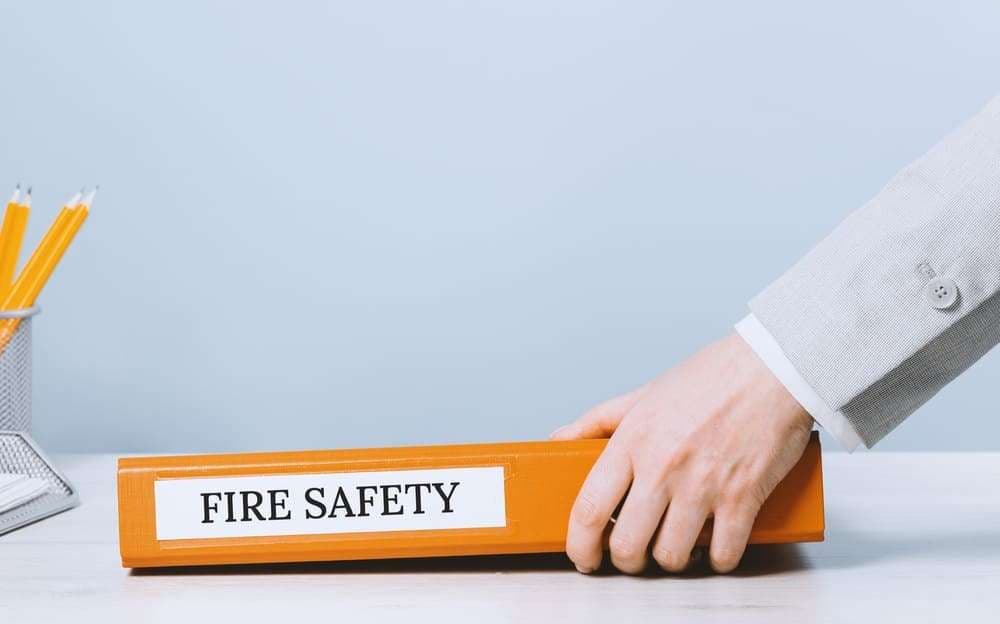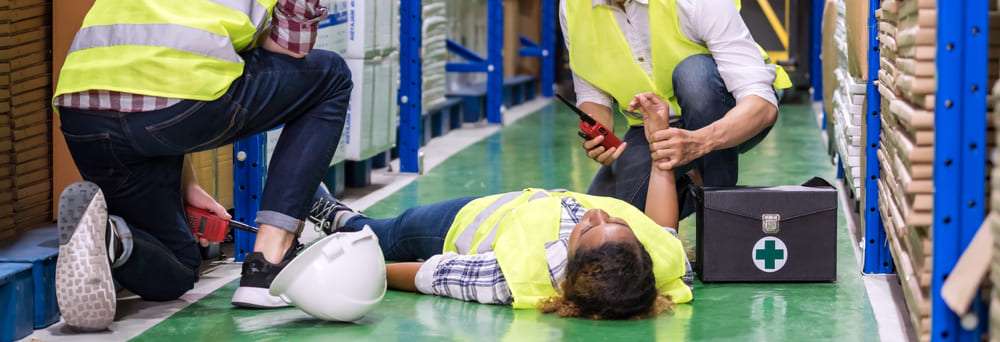Understanding the Risks of
Workplace Hazards: A Guide for
Workplace hazards pose a significant risk to employee safety, and it is essential that employers understand these risks and take measures to mitigate them. Herein, we highlight some of the common workplace hazards, the risks they pose, and how employers can take steps to prevent accidents and injuries. By the end of this guide, you will have a better understanding of how to identify and manage workplace hazards, making your workplace a safer and more productive environment for your employees.
It is important to understand the risks associated with workplace hazards to properly manage them. According to the International Labour Organization (ILO), workplace accidents and illnesses result in over 2.78 million deaths worldwide each year. In addition to the human cost, workplace accidents and illnesses also result in significant financial costs for businesses.
The most common causes of workplace accidents are slips, trips, and falls, followed by being struck by objects, and overexertion. The construction industry is one of the most hazardous industries in the UAE, accounting for a significant proportion of workplace accidents and injuries. Exposure to hazardous substances, such as chemicals, can cause serious health problems, including respiratory illnesses, skin conditions, and cancer. Musculoskeletal disorders (MSDs), such as back pain and repetitive strain injuries, are a common health problem in the workplace and can result from poor ergonomics and overexertion.
The costs of workplace accidents and illnesses can include medical expenses, workers' compensation claims, lost productivity, and damage to company reputation. By understanding the risks associated with workplace hazards, employers can take measures to prevent accidents and injuries, reducing these costs and improving employee safety.
Common Workplace Hazards
1. Slips, Trips, and Falls : Slips, trips, and falls are one of the most common workplace hazards. They can occur due to wet or slippery surfaces, uneven flooring, or inadequate lighting. The risk of slips, trips, and falls can be reduced by implementing proper cleaning and maintenance procedures, installing slip-resistant flooring, and ensuring adequate lighting in all areas of the workplace.
2. Electrical Hazards : Electrical hazards can result in serious injury or death if not properly managed. These hazards can include exposed wires, faulty equipment, and inadequate grounding. Employers can reduce the risk of electrical hazards by ensuring that all equipment is properly maintained and grounded and that employees are trained in safe electrical practices.
3. Chemical Hazards : Chemical hazards can pose a risk to employee health if not properly managed. These hazards can include exposure to toxic substances, chemical spills, and inadequate ventilation. Employers can reduce the risk of chemical hazards by providing adequate personal protective equipment, proper ventilation, and employee training on safe handling and disposal of chemicals.
4. Ergonomic Hazards : Ergonomic hazards can result from improper workstation setup or repetitive motions. These hazards can lead to musculoskeletal disorders such as carpal tunnel syndrome or back pain. Employers can reduce the risk of ergonomic hazards by providing ergonomic workstations, ensuring proper posture and movement, and allowing employees to take frequent breaks.
5. Fire Hazards : Fire hazards can pose a risk to employee safety and can result in property damage or loss of life. These hazards can include inadequate fire safety equipment, improperly stored flammable materials, and inadequate employee training. Employers can reduce the risk of fire hazards by ensuring the installation and maintenance of fire safety equipment, proper storage and handling of flammable materials, and regular employee training on fire safety procedures.
Preventing Workplace Hazards
Preventing workplace hazards requires a combination of risk assessment, proper training, and the implementation of safety measures. The following are some steps employers can take to prevent workplace hazards:
1. Conduct Risk Assessments : Regular risk assessments can help identify workplace hazards and determine the appropriate measures to mitigate them.
2. Provide Proper Training : Ensure that employees receive proper training on workplace hazards, safe work practices, and emergency procedures.
3. Implement Safety Measures : Implement safety measures such as the installation of safety equipment, the provision of personal protective equipment, and the implementation of workplace safety policies.
4. Regular Maintenance and Inspection : Regular maintenance and inspection of equipment, machinery, and facilities can help identify potential hazards and prevent accidents.
5. Encourage Employee In Creating a safe work environment :Employers have a legal and ethical responsibility to provide their employees with a safe work environment. This includes identifying potential hazards and implementing safety measures to prevent accidents and injuries.
Some ways to create a safe work environment include:
1. Personal protective equipment (PPE) : Employers should provide appropriate PPE, such as safety glasses, helmets, gloves, and respirators, to employees who work in hazardous conditions.
2. Adequate training : Employers should provide adequate training to employees on how to use PPE, how to respond to emergencies, and how to identify and report hazards.
3. Emergency procedures : Employers should have emergency procedures in place, including evacuation plans, fire drills, and first aid training.
4. Hazard communication : Employers should inform employees about potential hazards in the workplace and provide appropriate warning labels and signs.
Responding to workplace hazards: Even with all the safety measures in place, accidents can still happen. Employers should have procedures in place to respond to accidents and injuries. Some steps that employers can take include:
• Providing first aid : Employers should provide first aid kits and training to employees on how to respond to injuries.
• Reporting incidents : Employers should have a reporting system in place for employees to report accidents and injuries. This can help identify potential hazards and prevent future incidents.
• Investigating incidents : Employers should investigate accidents and injuries to identify the root cause and take corrective actions to prevent similar incidents from happening in the future.
• Implementing corrective actions : Employers should take corrective actions to address any identified hazards and prevent future incidents.
Workplace hazards can have serious consequences for employees and employers. By understanding the risks and taking proactive measures to prevent and respond to hazards, employers can create a safer and healthier work environment. Providing employees with adequate training, personal protective equipment, and emergency procedures can help reduce the risk of accidents and injuries. By taking a proactive approach to workplace safety, employers can protect their employees and their business.
Related Posts
10,000+ unique online course list designs





